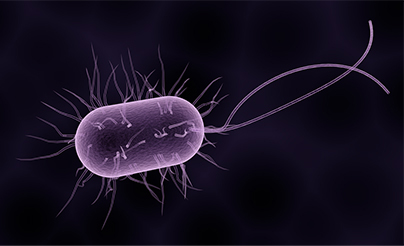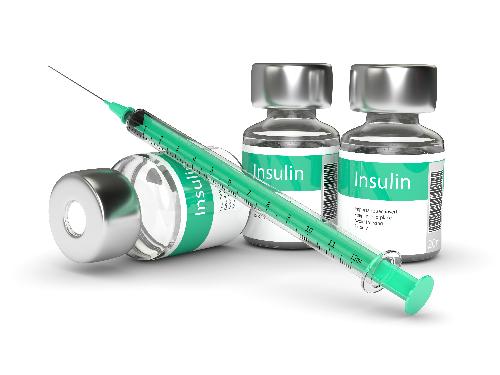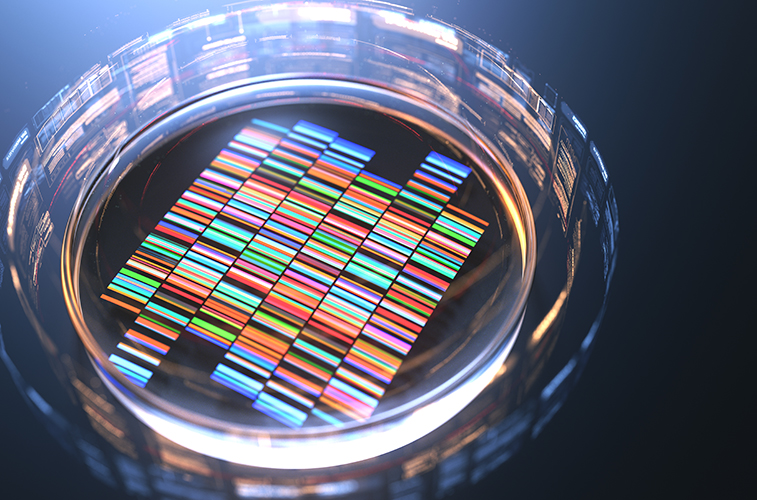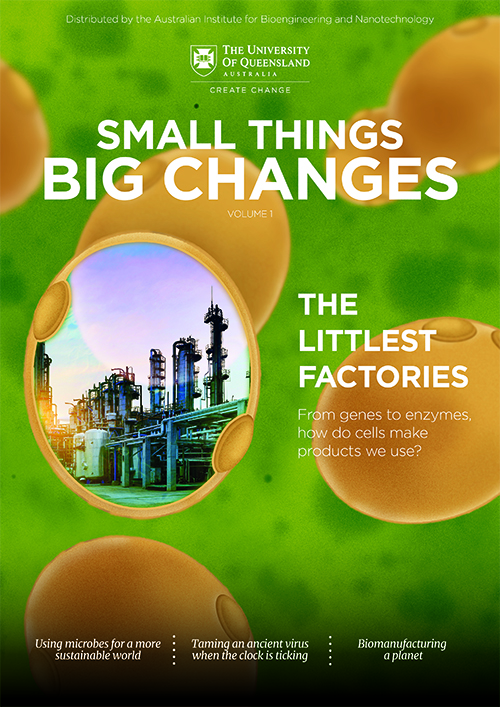
Humans have been taking advantage of microbes for a very long time and, in turn, these microscopic organisms have altered the course of human history many times over.
Ancient History
~28,700 years ago
Earliest evidence of food fermentation (roots and tubers fermented with microorganisms), in the Solomon Islands
~ 9,000 years ago
Evidence of milk fermentation in Mesopotamia and ancient Egypt, as well as ancient Veda scriptures and Ayurvedic texts
(Indian subcontinent)

~ 13,000 years ago
Earliest evidence of beer fermentation in Natufian culture
(ancient Israel)
~ 5000 years ago
Beer production in ancient China
~ 2500 years ago
Ancient antibiotics: fungus that grows on soybean curd is used to cure boils
~ 9000 years ago
Evidence of fermented rice, honey and fruit beverages in ancient China
~ 2500 years ago
Evidence of soybean fermentation to produce tofu in ancient China
~2000 years ago
Ancient Nubians produce beer with high levels of tetracycline

> 2000 years ago
Mouldy bread used as topical treatment for infected wounds (China, Greece, Serbia, Egypt)
Early Microbiology
Early 1600s
Microscope invented
1676
Anton Van Leeuwenhoek uses microscope to discover tiny ‘animalcules’
1881
Robert Koch develops technique to isolate pure bacterial culture

1861
Louis Pasteur presents his ‘germ theory’ that microorganisms can cause disease

20th century
1940
Howard Florey and Ernst Chain discover penicillin can treat bacterial infections in humans
1942
Penicillin is mass produced for the first time
1966
The genetic code is deciphered: revealing how the order of nucleic acids in DNA and RNA determines how proteins are built
1973
First animal gene is cloned in bacteria
1970s – 80s
Development of DNA sequencing and DNA synthesis, as well as genetic engineering techniques
1928
Discovery of penicillin (Alexander Fleming)

1953
Structure of DNA discovered
 1978
1978
Human insulin is produced in E. coli bacteria
1993
Frances Arnold develops ‘directed evolution’ to improve the function of enzymes and develop new catalysts
1997
E. coli bacteria genome sequenced
1996
Bakers’ yeast (Saccharomyces cerevisiae) genome sequence is completed
21st Century
2003
Human genome sequence completed
(13 years in total)

2012
CRISPR/Cas9 genome editing tool developed
2018
Frances Arnold shares Nobel Prize in Chemistry for her directed evolution methods, which are now used for biomanufacturing many products from pharmaceuticals to biofuels
2015
Human genome can now be sequenced in approximately one day
2019
Expected completion of synthetic yeast genome, Yeast 2.0
Certain Minute Creatures
Previous article
The Littlest Factories
Next article

